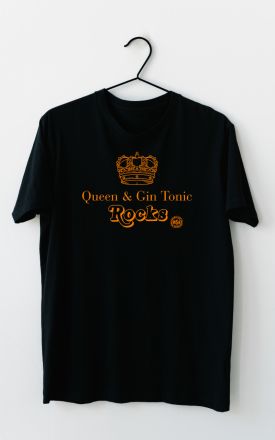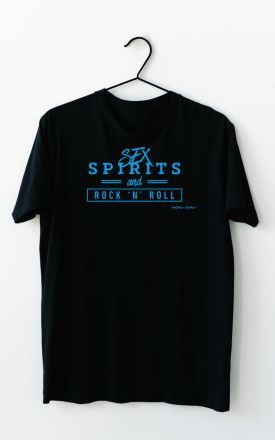
Table of Contents
- The Rich Heritage of American Whiskey
- Understanding American Whiskey: Definitions and Distinctions
- The Influence of Geography and Water in Whiskey Production
- Oak Barrels: The Heart of American Whiskey Maturation
- Bourbon Production: The Mash Bill and Distillation
- Fermentation and Yeast: The Soul of American Whiskey
- Legal Regulations and Labeling in American Whiskey
- American Whiskey and Bourbon Today: A Thriving Industry
- Frequently Asked Questions about American Whiskey and Bourbon
- Conclusion
- en
American Whiskey and Bourbon: A Deep Dive into Tradition, Production, and Flavor
American whiskey and bourbon stand as icons in the world of spirits, celebrated not only for their rich flavors but also for their long and fascinating history. This comprehensive article explores the intricate world of American whiskey and bourbon, drawing from expert insights and experiences to shed light on what makes these spirits unique. From their historical roots to production techniques and legal definitions, we will navigate the complex landscape of American whiskey and bourbon, offering both enthusiasts and newcomers a thorough understanding of this beloved drink.
The Rich Heritage of American Whiskey
American whiskey traces its origins back to the 18th century, sharing surprising parallels with German brewing traditions. For many spirit lovers, bourbon represents the quintessential American whiskey style, embodying warmth, depth, and cultural significance. The tradition of whiskey-making in America is steeped in history, with numerous distilleries established near rivers for practical reasons such as water supply and transportation.
As one delves into the history, the connection to German brewing methods becomes apparent, especially in fermentation techniques. This heritage has influenced the distinctive character of American whiskey, making it a fascinating subject for both historians and connoisseurs alike.

Understanding American Whiskey: Definitions and Distinctions
At its core, American whiskey is a grain spirit, which means it can be made from any grain. This broad definition is similar to European standards but with a critical difference: American whiskey has no minimum aging requirement. This allows for a wide range of products, from quickly aged spirits to those matured for years.
Bourbon, a subset of American whiskey, is unique due to its grain composition, requiring at least 51% corn. This corn content imparts sweetness and body, distinguishing bourbon from other whiskey styles. Other types of American whiskey include rye whiskey, malt whiskey, and wheat whiskey, each defined by having at least 51% of their respective grain in the mash bill.
Interestingly, pure single-grain whiskeys are rare in America. Most producers opt for a blend of grains to create complexity and balance. The four primary grains used are corn, rye, wheat, and malted barley.
The Role of Corn and Flavor Grains
Corn is prized for its high starch content and cost-effectiveness, making it the cheapest grain for whiskey production. It forms the backbone of bourbon whiskey, providing a sweet and mellow character. The flavor grain, typically rye or wheat, is used in smaller amounts (usually 10-20%) to add spiciness or softness to the spirit.
While rye imparts a spicy, robust flavor, wheat offers a softer, smoother profile. Malted barley, though used in smaller quantities, is essential for its enzymes that initiate fermentation.
The Influence of Geography and Water in Whiskey Production
Many historic distilleries in Kentucky and Tennessee were strategically built near rivers such as the Mississippi and Ohio. The reasons are practical and multifaceted:
- Water Supply: Large quantities of clean water are indispensable for fermentation, mashing, and cooling processes.
- Cooling: Water helps regulate temperatures during mashing and fermentation, which is crucial for quality.
- Transportation: Rivers served as vital trade routes, enabling distilleries to ship their products efficiently to markets such as New Orleans.
This proximity to waterways has played a crucial role in the growth and distribution of American whiskey, much like how the Cognac region in France leverages its river systems for trade.
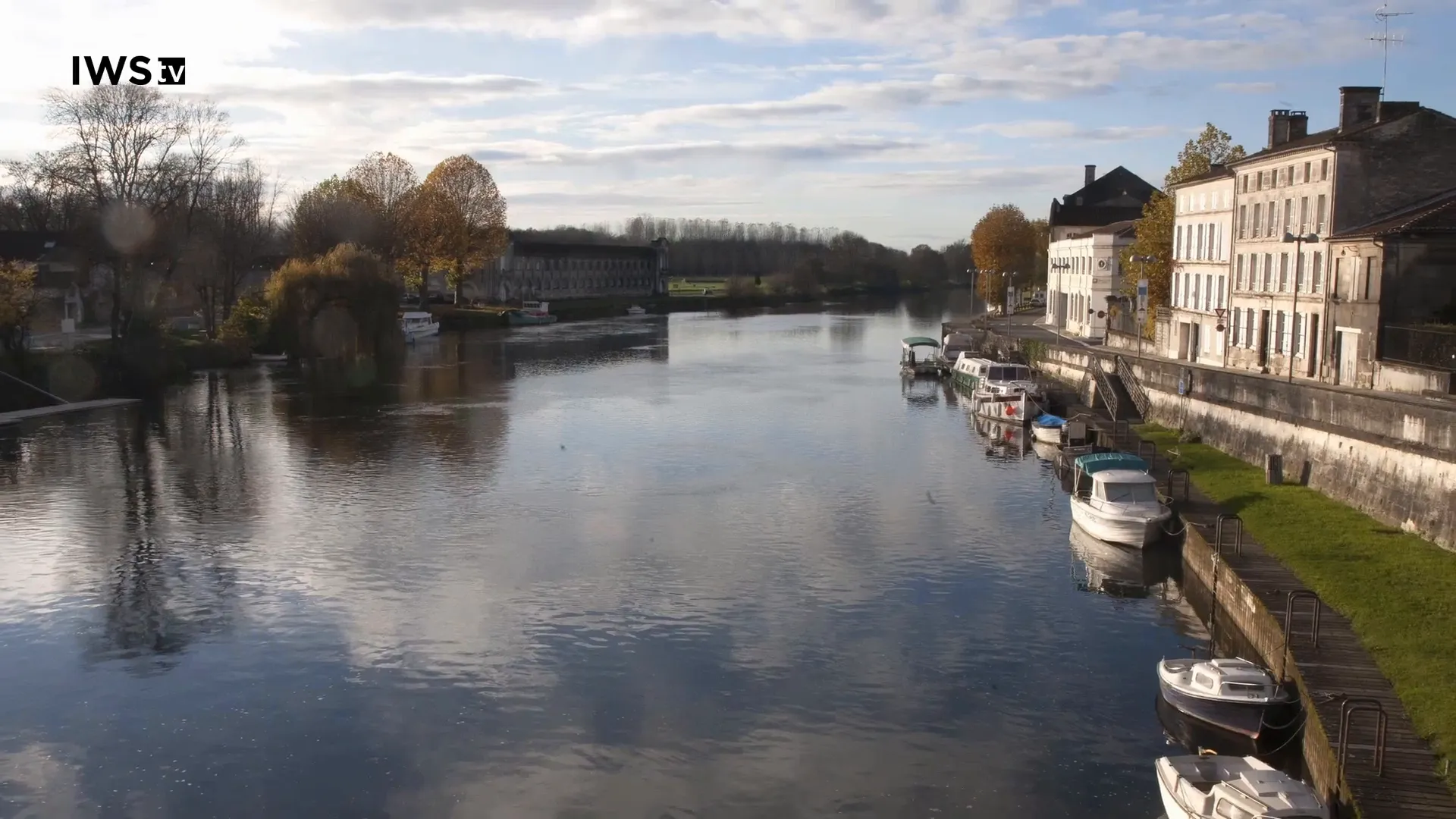
Oak Barrels: The Heart of American Whiskey Maturation
One of the defining features of American whiskey and bourbon is the use of new charred oak barrels for aging. By law, all styles of American whiskey—including rye, wheat, and malt whiskey—must be matured in new charred oak barrels. This charring process caramelizes the sugars in the wood, infusing the spirit with rich flavors of vanilla, caramel, and toasted wood.
While American white oak (Quercus alba) is the most commonly used wood, some distilleries outside Kentucky and Tennessee experiment with local oaks, such as Oregon oak (Quercus garryana) or even European oak (Quercus robur), though these are rare exceptions.
Char Levels and Barrel Craftsmanship
The intensity of barrel charring varies between producers and is measured in char levels, which relate to the duration and intensity of the charring process. These levels influence the flavor profile of the whiskey significantly. Each distillery collaborates closely with coopers—specialized barrel makers—to achieve their desired char level and barrel characteristics.
Most barrels used in American whiskey production are about 200 liters (53 US gallons), a size standardized for efficient storage and handling. Some smaller distilleries may use smaller barrels, but the 200-liter size remains the industry norm.

Bourbon Production: The Mash Bill and Distillation
Bourbon production mandates a mash bill with a minimum of 51% corn, but it can go as high as 100%. Some innovative distillers now produce 100% corn whiskey, employing enzymatic fermentation to convert starches into fermentable sugars, a process traditionally aided by malted barley.
Typical mash bills include:
- Main Grain: Corn, at least 51%
- Flavor Grain: Rye or wheat, usually 10-20%
- Malted Barley: Around 10-14%, to facilitate fermentation
Distillation usually involves a large column still followed by a pot still, called a doubler or thumper, which refines the flavor. This combination balances efficiency with flavor retention, ensuring the spirit is aromatic and complex rather than neutral like vodka.
Some distilleries, like Woodford Reserve, employ triple pot distillation, enhancing smoothness and depth.
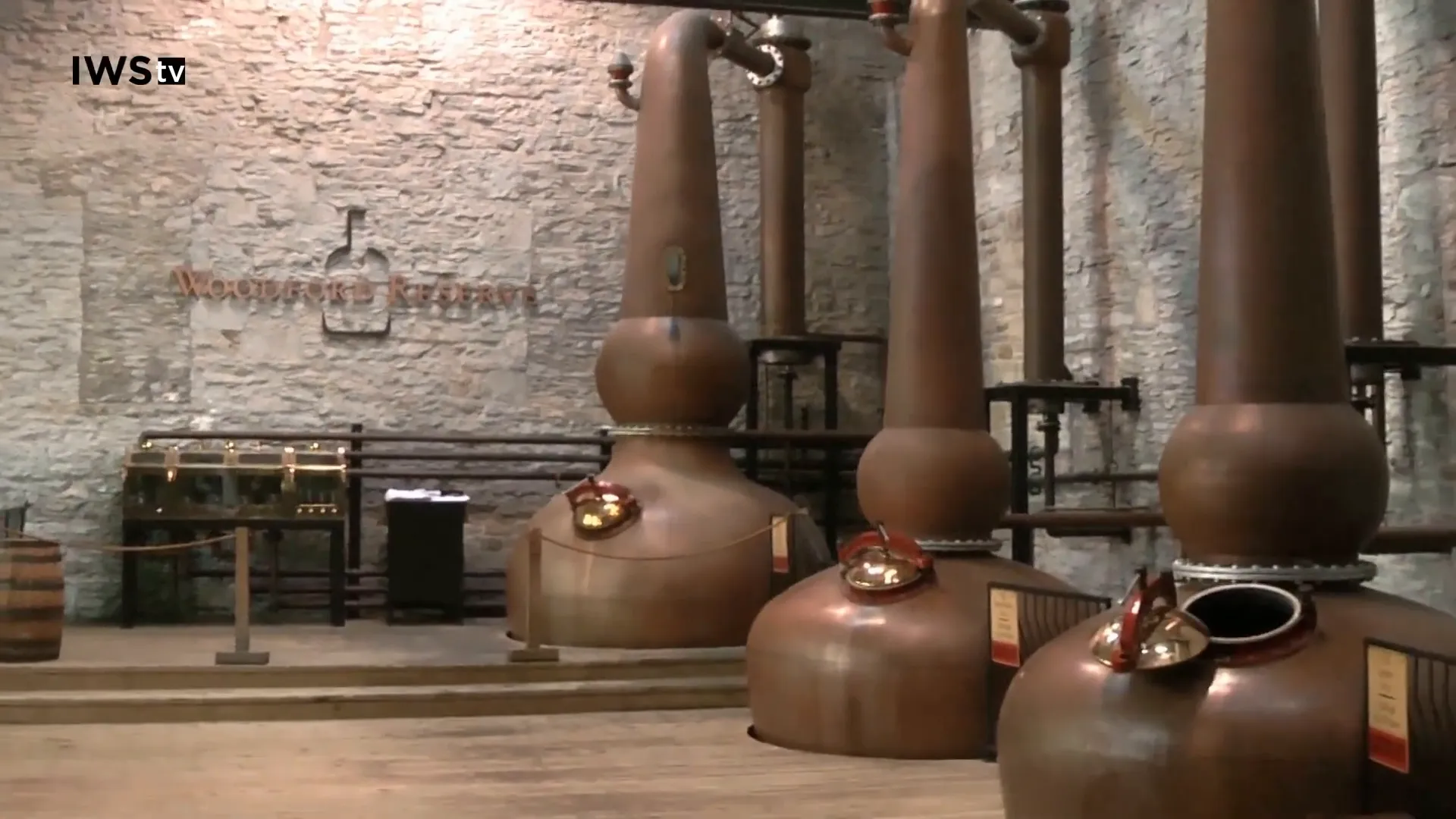
Alcohol Content and Barrel Filling
The spirit is typically barreled at an alcohol content of up to 62.5% by volume. This upper limit prevents excessive extraction of tannins from the wood, which can make the whiskey harsh and unstable. Many bourbons, like Maker's Mark, are barreled at a slightly lower proof (around 55%), contributing to their characteristic flavor profiles.
Throughout aging, the alcohol content can fluctuate due to climatic conditions. In Kentucky, for example, water evaporates faster than alcohol, sometimes causing the proof to increase during maturation. Barrel proof bourbons can reach strengths of 60% to 70% ABV.

Fermentation and Yeast: The Soul of American Whiskey
Fermentation is one of the most critical stages in whiskey production. Unlike many European producers who may use industrial yeasts, American whiskey distilleries often rely on proprietary yeast strains cultivated over decades, some dating back to the early 1900s.
This practice creates consistency and preserves the unique flavor signature of each distillery. These yeast strains are carefully maintained and even stored in multiple locations to protect against disasters like fires.

Sour Mash Process
Almost every traditional American whiskey producer employs the sour mash method, although it may not always be labeled as such. This technique involves recycling a portion of the spent mash from a previous fermentation into the new mash. This acidic residue helps stabilize pH levels, promoting healthy yeast activity and consistent fermentation.
The sour mash process not only ensures product consistency but also improves the aging process by optimizing chemical reactions within the barrel.
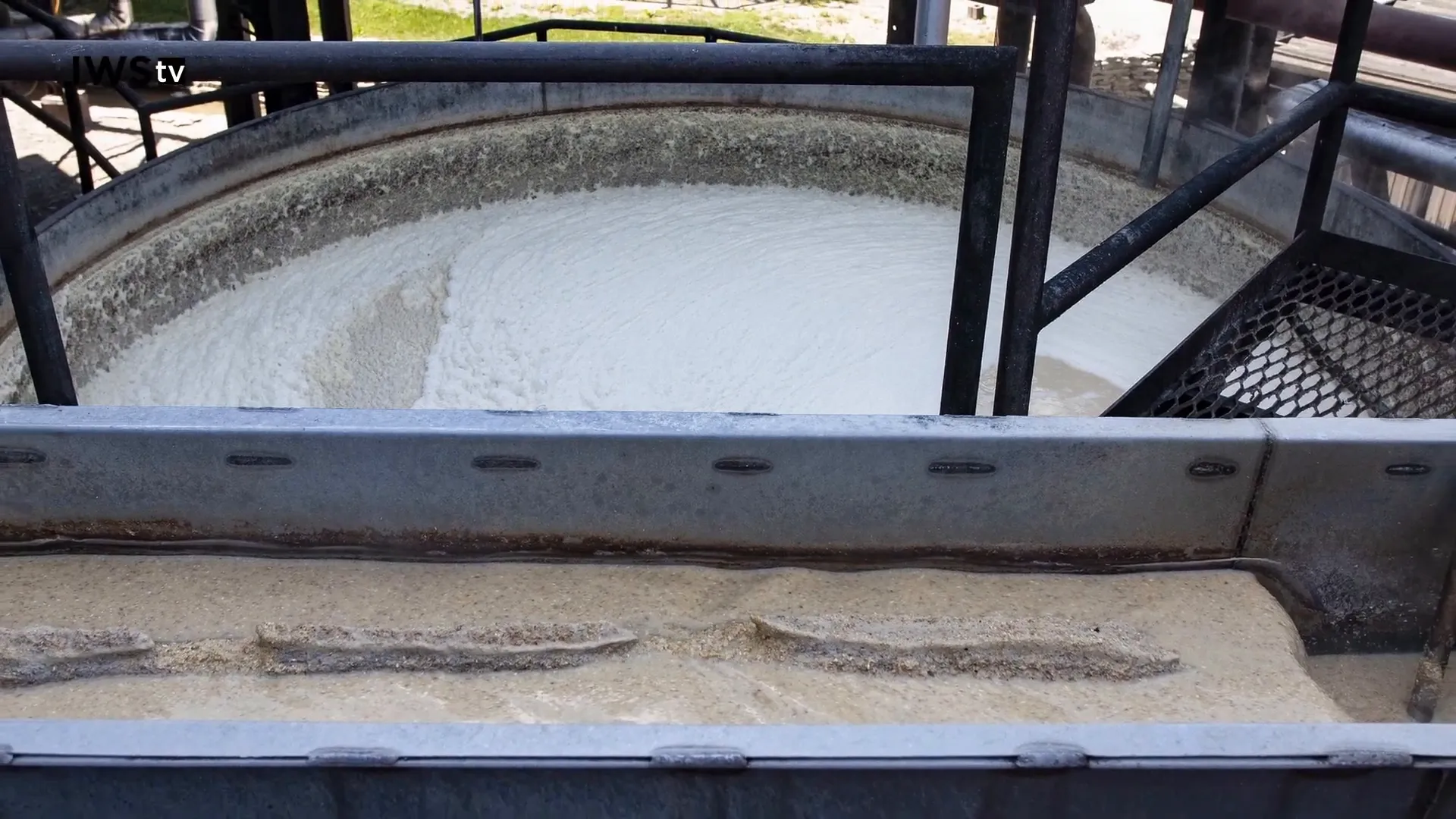
Legal Regulations and Labeling in American Whiskey
American whiskey is subject to strict regulations that govern everything from production to labeling:
- Age Requirements: Unlike Europe, there is no minimum aging period for American whiskey, but straight bourbon must be aged for at least two years.
- Barrel Type: New charred oak barrels are mandatory for all styles.
- Sweetening and Coloring: Straight bourbon and straight whiskey cannot be sweetened or colored. Other whiskeys may contain up to 2.5% additives.
- Alcohol by Volume: Bottled whiskey must be at least 40% ABV.
The term "straight" on a label guarantees no additives and adherence to aging requirements, offering consumers assurance of purity and quality.

American Whiskey and Bourbon Today: A Thriving Industry
While Kentucky remains the heartland of bourbon production, American whiskey can legally be produced anywhere in the United States, including rare locations like Alaska. The industry continues to evolve with new distilleries experimenting with local oak, grain blends, and innovative distillation methods.
The rising popularity of rye whiskey in recent years has also impacted barrel availability and finishing techniques, with some producers using rye whiskey barrels to age other spirits, such as rum.
Despite these innovations, the core principles of American whiskey and bourbon production remain rooted in tradition, craftsmanship, and a passionate commitment to flavor.

Conclusion
American whiskey and bourbon embody a rich tapestry of history, craftsmanship, and innovation. Rooted in traditions that date back centuries, these spirits continue to captivate enthusiasts worldwide with their complexity and unique flavors. From the meticulous selection of grains and yeast to the precise distillation and aging in charred oak barrels, every step in the process is a testament to quality and passion.
Whether you are a seasoned connoisseur or just beginning your journey into the world of American whiskey and bourbon, understanding these fundamentals enhances appreciation and enjoyment. The evolving landscape of production, combined with deep respect for tradition, ensures that American whiskey will remain a beloved spirit for generations to come.
FAQ - Häufig gestellte Fragen
American whiskey is a broad category of grain spirits produced in the United States, made from various grains and aged in new charred oak barrels. Bourbon is a specific type of American whiskey that must contain at least 51% corn in its mash bill and meet additional legal requirements.
Yes, bourbon can be produced anywhere in the United States. Although Kentucky is famous for bourbon production, the law does not restrict bourbon to this state. Production in places like Alaska is rare but legally permitted.
The primary grains used are corn, rye, wheat, and malted barley. Bourbon requires at least 51% corn, while rye, wheat, and malt whiskeys must have at least 51% of their respective grain.
Sour mash is a process where a portion of the spent mash from a previous fermentation is recycled into the new mash. This stabilizes pH levels and maintains consistency and quality in the whiskey.
Straight bourbon and straight whiskey cannot be sweetened or colored. Other American whiskeys may contain up to 2.5% additives, but these are typically minimal.
New charred oak barrels impart essential flavors such as vanilla, caramel, and toasted wood, and the charring process helps caramelize the wood sugars. This is a legal requirement to maintain the quality and characteristic taste of American whiskey and bourbon.
Whiskey is barreled at up to 62.5% ABV to prevent excessive tannin extraction. Bottled whiskey must be at least 40% ABV. Barrel proof bourbons can be much higher, sometimes reaching 70% ABV.
Sesorisches Wissen Kompakt - IWS.TV Fibel


Brandy de Jerez – Spain’s Unique Brandy





